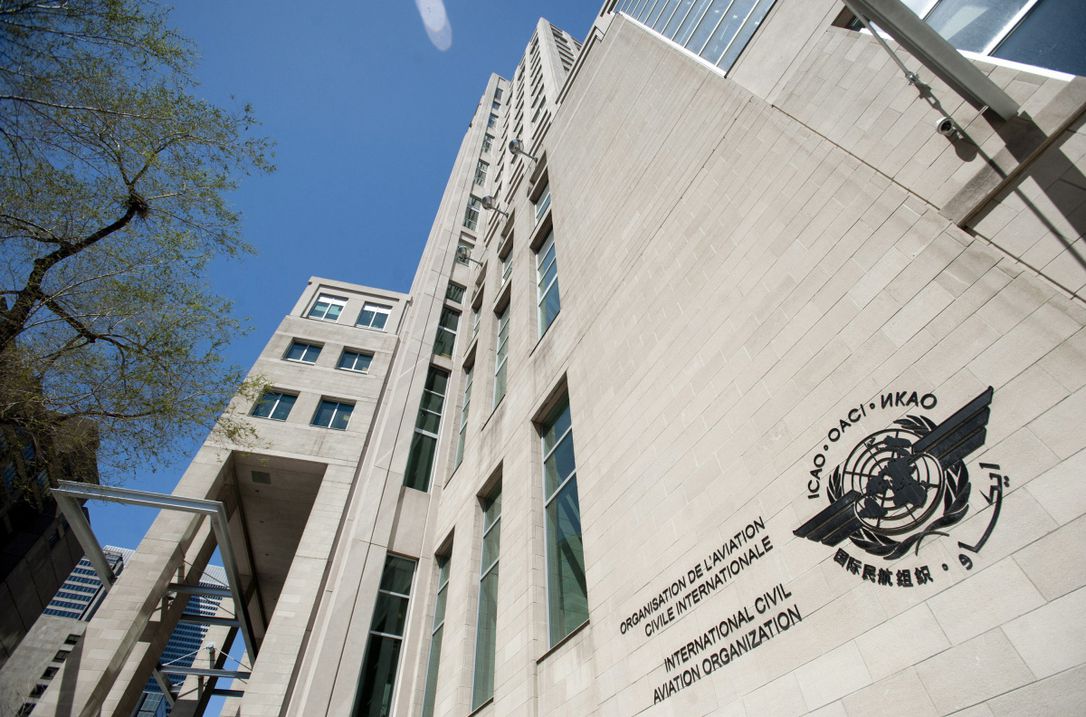Source: ICAO
To ensure the safety and sustainability of aviation’s worldwide transformation and expansion, the Council of the International Civil Aviation Organization (ICAO) has updated the Annexes to the Convention on International Civil Aviation (Chicago Convention) with new standards for communication, navigation, airport and heliport operations, and aeronautical meteorological services.
“At a time of unprecedented technological and operational innovation in aviation, the ICAO Council has adopted new standards that reflect the best of emerging technologies and promote its implementation,” said ICAO Council President Salvatore Sciacchitano. “These standards provide the framework for the safe implementation of tomorrow’s technologies while strengthening our existing infrastructure today.”
The new standards introduce advanced satellite navigation monitoring (ARAIM), which help pilots navigate more precisely, particularly in areas where traditional navigation aids are limited. Importantly, these standards better support the implementation of performance-based navigation so pilots can select flight routes that minimize flight time, cost, and CO2 emissions 1.
The security and reliability of aviation communications will also be enhanced through new and more cyber-resilient standards for air-ground data exchange2. They will facilitate a cost-effective transition to digital infrastructure, while encouraging the use of commercial off-the-shelf solutions, broadly contributing to a stronger foundation for information sharing between aircraft and air traffic control.
Inside aircraft, new provisions will allow for wireless connections between safety systems3 – a change that reduces wiring and therefore weight, while maintaining reliability. “By cutting aircraft weight, we’re helping reduce fuel use and CO2 emissions, without compromising safety,” remarked ICAO Secretary General Juan Carlos Salazar.
The modernization of airport4 and heliport5 operations will also be enabled by the new standards
New performance-based requirements for obstacle management at and in the vicinity of airports consider both aviation and non-aviation stakeholders, helping airports optimize land use while maintaining safety; enhanced visual aids will give pilots better situational awareness, particularly during temporary changes to movement areas.
These include the introduction of runway distance remaining signs, visual aids to denote closed runway and taxiway, and unserviceability signs.
Additionally, States must now regularly assess the impacts of ground handling on safety, which will help reduce accidents and incidents.
For heliports, new certification requirements for international heliports, including mandatory safety management systems, will improve safety, regularity and efficiency of heliport operations. The updated standards will also help operators work safely in confined urban spaces by allowing for more flexibility in “obstacle rich environments.”
Finally, new standards for aeronautical meteorological services6 will support safe and efficient aircraft operations by helping flight planning and real-time avoidance of adverse weather. These include enhancement of space weather and volcanic ash monitoring and forecasting capabilities, as well as the World Area Forecast System (WAFS), and introduction of new protocols for extended meteorological information exchange in digital form.
“All of these new Standards will contribute directly towards ICAO’s vision to deliver safe and sustainable air connectivity to everyone, everywhere,” remarked President Sciacchitano.

